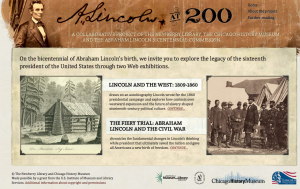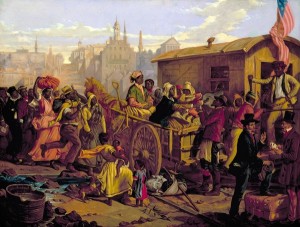After visiting the new and improved Sample DH Projects phase, one can see that the level of organization for this page has gone way up. Especially under the “Archive” section where one is able to navigate a variety of archives including “Old Weather” and “Lincoln at 200.” The projects are categorized in the ways in which one would go about transcribing artifacts. For example, “audio analysis” and “mapping.”
Some advantages of creating a digital artifact from archival documents include accessibility and availability. By having an artifact online, one can access it from anywhere on the planet (with internet). If the artifact that you are trying to look up exists in Turkey but you’re in London, no problem. Just pull up the artifact digitally and it’s like you’re there. Why pay for a plane ticket when there’s no need to? From an access standpoint, a digital artifact provides all the availability one needs. Seeing very old and decrepit documents can be challenging for even the most prominent of historians. Many times the artifacts will be in such bad condition that they won’t want anyone touching them for risk of the artifact being destroyed. With a digital artifact, there’s no possible way to destroy the artifact.
On the contrary, there are also some disadvantages to having a digital artifact. One disadvantage is the inability to put your hands on the document. By not being able to do this, one might miss something that they would only pick up on when in the same room with the artifact. A lot of times, things are translated digitally as perfect as they are in the real world. Small print may become blurry, and minute details that one could only catch with the naked eye might disappear. It’s for these reasons that one could argue looking over an artifact digitally is much less preferable than being there in person.
Some challenges I could face when building my own digital humanities project is the inability to be in the room with an artifact. It’s very tough for historians to get into rooms with prominent pieces, much less a freshman in college. To navigate this, I will have to settle with digital artifacts and do my best to be very careful when scanning over them.








